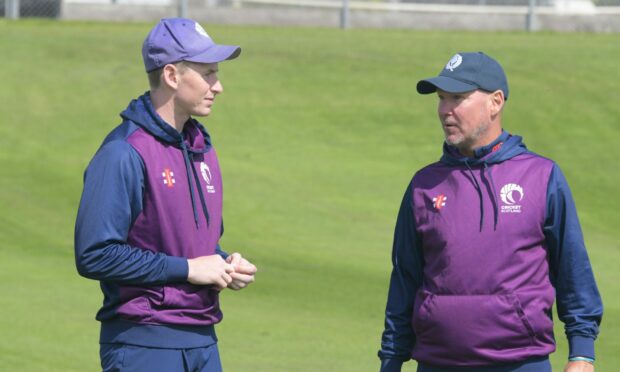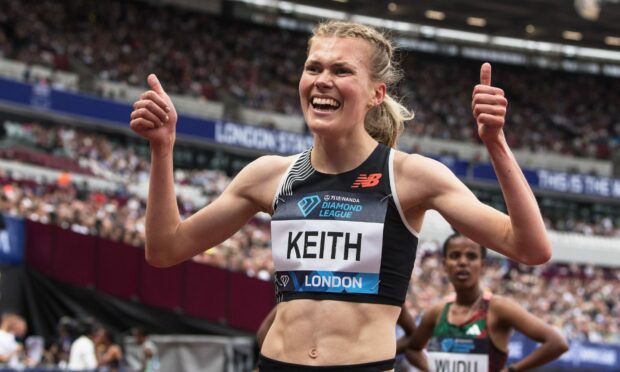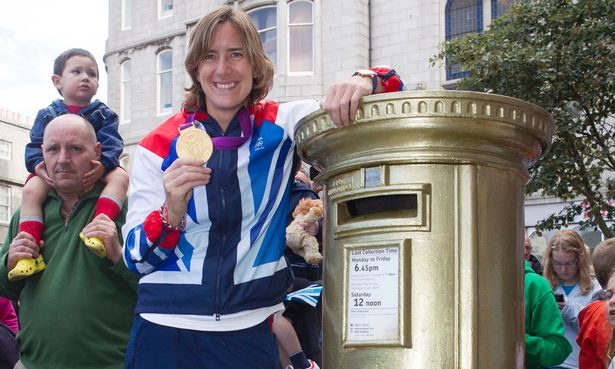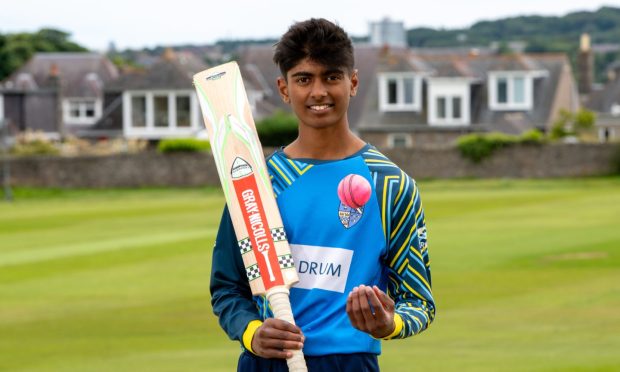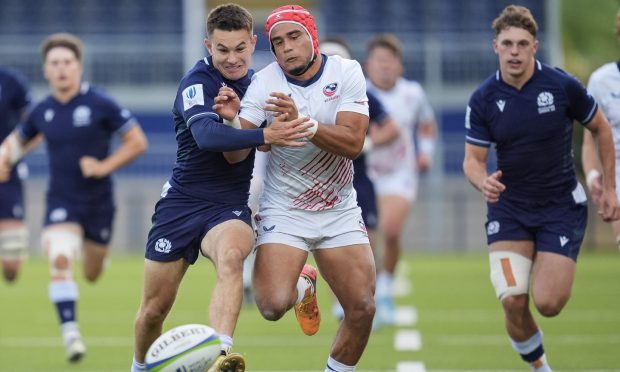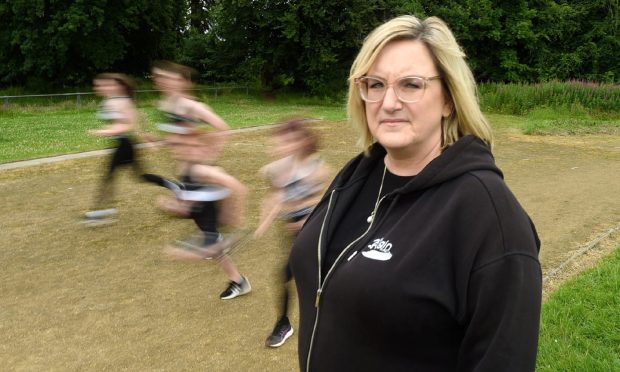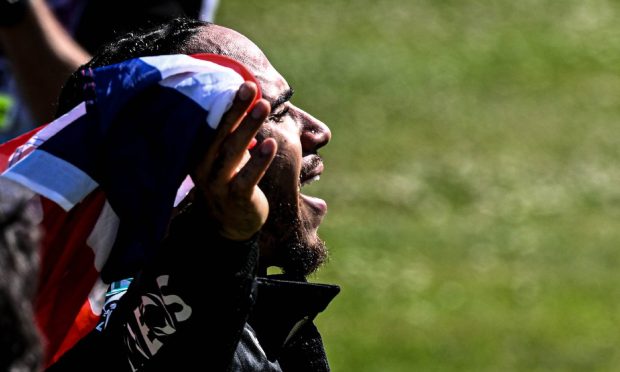Head coach Doug Watson says Scotland will need to be at their best if they are to reach for the Cricket World Cup after their qualifying fixtures were released.
The final qualifier in Zimbabwe from June 18 to July 9 will see the Saltires battling with nine other nations for the final two spots at the 50-over tournament in India in October.
For the first part of qualifying Scotland are in Group B and will start against Ireland on June 21 before facing United Arab Emirates two days later, Oman on June 25 and Sri Lanka on June 27.
After that the top three nations in the two groups will progress to the Super Six stage where they will play three matches against the sides they didn’t face in initial group stage.
Points won in the first group stage will be carried over to the Super Six phase, apart from points earned against the bottom two sides in the group.
The top two teams at the end of the Super Six stage will qualify for the tournament.
Ahead of the qualifier Scotland will play warm-up games against West Indies and Zimbabwe and coach Watson: “I’m excited to see the draw.
📅 Our Men's @CricketWorldCup Qualifier fixtures are here!
Which game are you looking forward to most?#FollowScotland 🏴
— Cricket Scotland (@CricketScotland) May 23, 2023
“The two initial warm-up games against West Indies and Zimbabwe will prepare us nicely for our opening game against Ireland, our nearest rivals, so we’re pretty pleased about the lead-in to the tournament.
“The fact these are both tough games against full member nations will set the guys up well both mentally and physically for the nature of the competition.
“Our opening game against Ireland will be pivotal for us, and it will be great if we
can kick off with a win, but there won’t be any easy games in this group.
“Having played Sri Lanka at our last World Cup in 2015, it will be brilliant to renew that battle.
“All the games in the group are going to be tough and every team is playing for
something really important at the end, so we need to be at our very best for every
game in order to get through.”
Technology to be used
Ahead of the tournament the ICC have confirmed for first time the decision review system (DRS), which allows teams to appeal decisions, will be in use for the Super Six stage.
The lack of technology at the qualifier for the 2019 World Cup haunted Scotland in their make-or-break clash with the West Indies.
After rain intervened the Saltires missed out on the Duckworth-Lewis-Stern (DLS) method, however, had DRS been in place the dismissal of Richie Berrington – which tipped the balance on DLS in West Indies’ favour – would have been overturned.
Watson added: “I’m very pleased that DRS will be used in the Super Six stage.
“I would have loved for it to be used across the entire tournament, given the nature of what is at stake for every nation – you want the best technology available to you – but at least it will be there for the crucial stages of the Super Six.”
